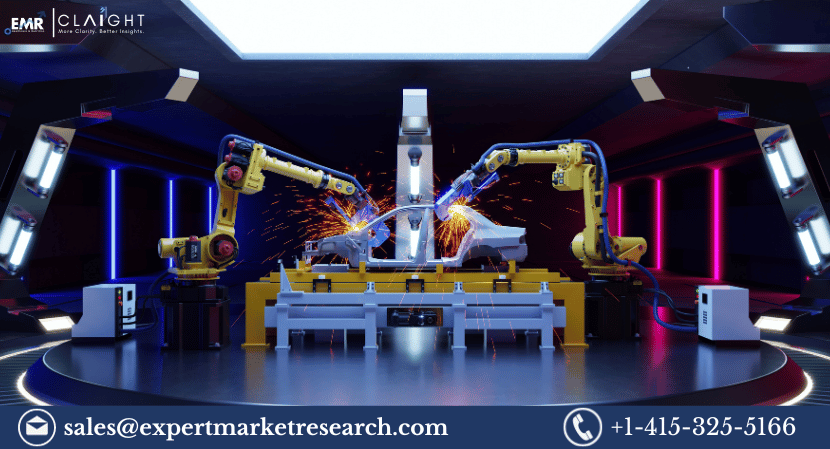Facility management is a critical aspect of ensuring the smooth functioning and efficiency of commercial spaces, offices, industrial complexes, and other built environments. Traditionally, facility managers faced challenges in monitoring and maintaining various assets, tracking occupancy, managing energy consumption, and ensuring the safety and security of the premises. However, with the advancement in technology, the integration of real-time data has revolutionized facility management practices.
In this blog, we will explore how facility management software with real-time data capabilities has transformed the way facilities are managed, offering numerous benefits for organizations across different industries.
The Evolution of Facility Management Software
In the past, facility managers relied heavily on manual processes, paperwork, and spreadsheets to handle maintenance, track assets, and manage occupancy. This approach was not only time-consuming but also prone to errors. With the advent of facility management software, organizations started shifting towards digitization, which significantly improved efficiency and accuracy.
Over time, facility management software evolved further to integrate real-time data capabilities. This marked a major turning point as it allowed facility managers to access live, up-to-date information about various aspects of their facilities. Real-time data enables instant decision-making, enhances responsiveness, and improves overall operational efficiency.
Understanding Real-Time Data in Facility Management
Real-time data refers to information that is continuously updated and made available instantly. In facility management, real-time data can be collected from various sources such as IoT sensors, building automation systems, occupancy sensors, security cameras, and energy monitoring devices.
The significance of real-time data lies in its ability to provide facility managers with accurate and timely insights into facility operations. Instead of relying on historical data, facility managers can now access live information on equipment health, space utilization, energy consumption patterns, and even security incidents, enabling them to take immediate action when required.
Key Features of Facility Management Software with Real-Time Data
Real-time asset tracking and monitoring: Facility managers can monitor the status and condition of assets in real-time. This allows them to schedule maintenance tasks proactively, reducing downtime and minimizing the risk of costly equipment failures.
Predictive maintenance using real-time data: Real-time data helps identify patterns and trends that indicate potential equipment failures. By leveraging predictive maintenance algorithms, facility managers can predict maintenance needs accurately, optimizing maintenance schedules and extending the lifespan of assets.
Occupancy management and space utilization: Real-time data on occupancy levels and space utilization helps facility managers optimize space allocation, leading to cost savings and improved user experience.
Energy management and sustainability: With real-time data on energy consumption, facility managers can identify energy inefficiencies and implement energy-saving measures promptly, contributing to cost reduction and sustainability efforts.
Safety and security enhancements through real-time data: Real-time data from security cameras and sensors allows facility managers to respond quickly to security incidents and take necessary precautions to ensure the safety of occupants and assets.
Benefits of Real-Time Data in Facility Management
Improved decision-making and responsiveness: Real-time data empowers facility managers to make informed decisions promptly, minimizing downtime, and optimizing resource allocation.
Enhanced operational efficiency and cost savings: Proactive maintenance, optimized space utilization, and energy-efficient practices result in significant cost savings and improved overall efficiency.
Increased safety and risk mitigation: Real-time data enables swift response to safety and security threats, minimizing potential risks and ensuring a safe environment for occupants.
Seamless integration with other systems and IoT devices: Facility management software with real-time data capabilities can be integrated with other systems and IoT devices, creating a connected ecosystem that provides a holistic view of facility operations.
Case Studies: Real-Life Examples of Success
Company X: By implementing a facility management software with real-time data, Company X achieved a 30% reduction in maintenance costs and improved equipment uptime by 25%.
Facility Y: Real-time energy monitoring helped Facility Y identify energy wastage patterns, leading to a 15% reduction in energy consumption and substantial cost savings.
Organization Z: Utilizing real-time data on space utilization, Organization Z optimized their office layout, leading to a 20% increase in workspace efficiency and enhanced employee satisfaction.
Challenges and Considerations
While real-time data offers significant advantages, it also comes with some challenges and considerations that facility managers need to address:
Data security and privacy concerns: Real-time data requires robust security measures to protect sensitive information from potential cyber threats.
Implementation and integration challenges: Integrating real-time data capabilities into existing facility management systems may require careful planning and technical expertise.
Training and adoption for facility management teams: Facility managers and staff may need training to effectively utilize the new software and extract maximum benefits from real-time data.
Future Trends in Facility Management Software
The future of facility management software with real-time data looks promising, with the following trends emerging:
AI and machine learning in real-time data analysis: AI-powered algorithms will enhance data analysis, providing more accurate predictions and recommendations for facility management tasks.
Advanced data visualization and reporting: Real-time data visualization tools will improve decision-making by presenting information in a clear and actionable format.
Integration with smart buildings and IoT technologies: Facility management software will continue to integrate with smart building systems and IoT devices, creating a seamless and interconnected environment.
Choosing the Right Facility Management Software with Real-Time Data Capabilities
To select the best facility management software with real-time data capabilities, organizations should consider their specific needs, budget, scalability, and integration capabilities. Evaluating vendor track records and seeking recommendations from industry peers can also aid in making an informed decision.
Sustainability in Facility Management
Sustainability has emerged as a key focus in facility management, as organizations increasingly recognize the importance of environmental responsibility and resource efficiency. Sustainable facility management involves adopting practices and strategies that aim to minimize the impact of operations on the environment while maximizing resource utilization and long-term viability. This approach not only aligns with global efforts to combat climate change but also offers several benefits for organizations, including cost savings, enhanced reputation, and improved occupant satisfaction.
One fundamental aspect of sustainability in facility management is energy efficiency. By implementing energy-saving technologies and optimizing energy consumption, facilities can reduce their carbon footprint and lower operational costs. Upgrading to energy-efficient lighting, HVAC systems, and utilizing smart building technologies that automate energy usage based on occupancy patterns are some ways to achieve energy efficiency.



